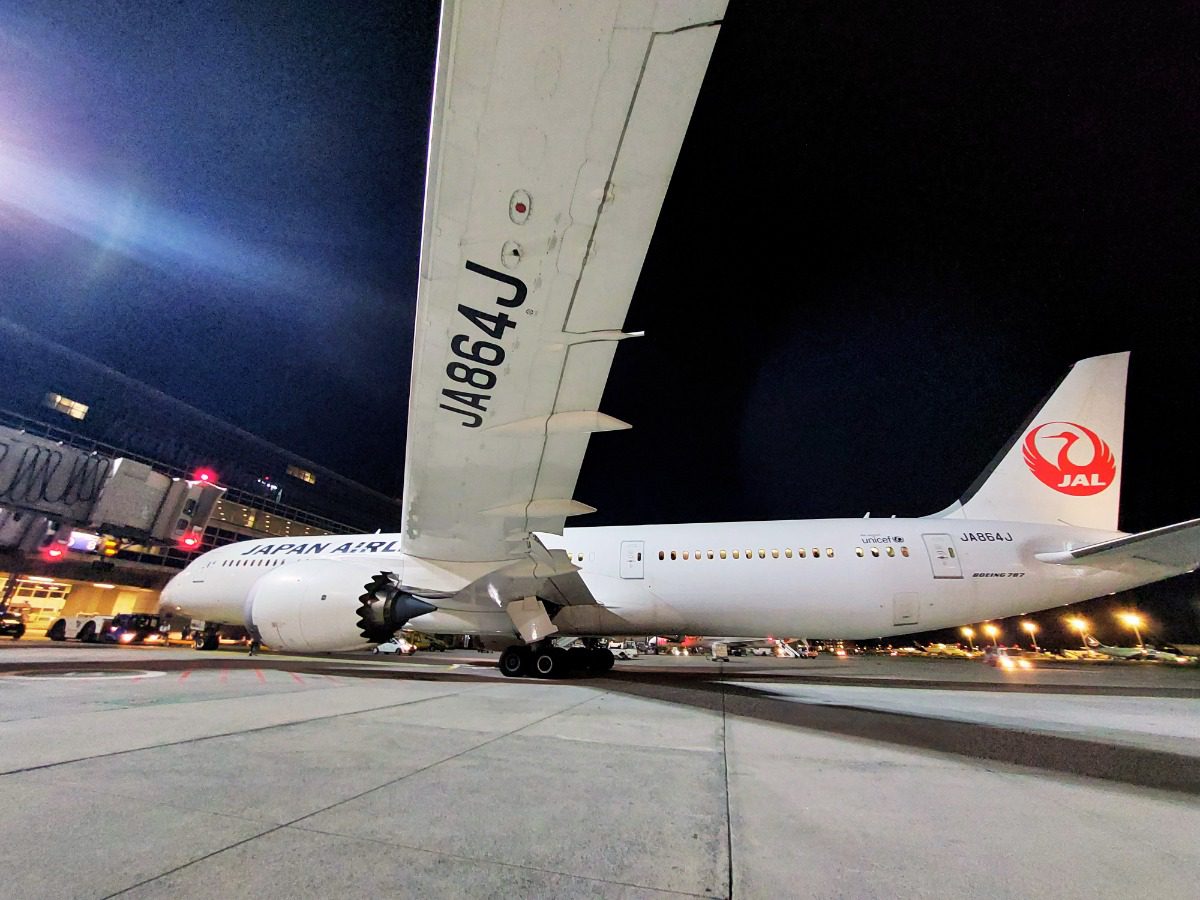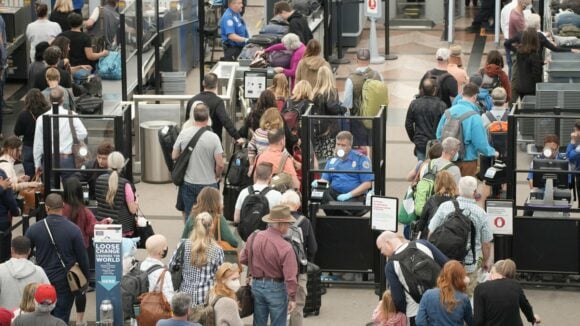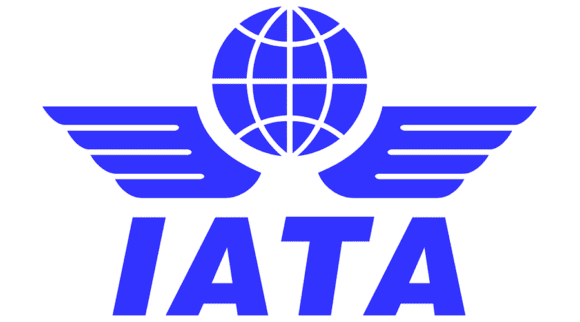
312452297 5682178565182378 4578348414056901083 n
The steady recovery of air travel in and to Japan helped Japan Airlines (JAL) to report its first operating and net profit in Q2 of its financial year 2022. But the six-month result still shows a net loss. As such, JAL performed worse than its rival ANA. Japan Airlines’ operating result is back in the black.
From March to September, air travel in Japan recovered, but at the same time, July and August saw the seventh Covid-wave which caused new restrictions and a slowdown of the recovery. However, the cap on the number of international passengers arriving in the country was eased from 20.000 per day in June to 50.000 in September. Since October, further relaxation of restrictions boosted leisure and business travel into Japan while domestic travel also surged, benefitting from a government nationwide travel support program.
Revenues in JAL’s Q2 (June-September) increased to ¥349.6 billion, up from ¥157.6 billion in the same quarter last year. Domestic revenues were up to ¥120.6 billion from ¥51.7 billion, with international revenues at ¥100.7 billion from ¥17.9 billion. Low-cost subsidiaries ZIPAIR, Spring Japan, and Jetstar Japan produced ¥8.1 billion in revenues, up from ¥0.8 billion.
Operating expenses were up 46.9 percent to ¥334.2 billion, with fuel costs up 162.4 percent to ¥84.9 billion. The effect is an operating profit/EBIT of ¥27.9 billion, up from ¥-69.1 billion in Q2 last year, and the first quarterly surplus since Q3 2019. The net profit was ¥17.4 billion versus ¥-47.1 billion.
For HY1 numbers (March-September), revenues were ¥618.5 billion (2021: ¥290.6 billion). Domestic performed the strongest at ¥208.6 billion (¥89.7 billion) ahead of international at ¥163.2 billion (¥29.1 billion), and cargo at ¥126.2 billion (98.3 billion).
The LCCs earned ¥11.5 billion (¥0.8 billion), of which ¥7.4 billion at ZIPAIR and ¥3.6 billion by Spring Japan.
Consolidated expenses were up to ¥637.2 billion (¥442.9 billion). Consolidated EBIT was a tiny ¥0.38 billion (¥-151.8 billion), the first positive operating result since 2019. The net result was still negative, however, at ¥-2.1 billion versus ¥-104.9 billion, but cash flow from operating activities and free cash flow were positive again. Japan Airlines ended September with ¥542.9 billion in liquidity and has an unused credit line of ¥250 billion at its disposal. Interest-bearing debt was down to ¥923.8 billion.
Network versus low-cost
The network airline saw a steady return to profitability in Q2. Demand for domestic travel was at 75 percent of 2019 levels and international at forty percent. The number of domestic passengers doubled to 13.7 million and at international grew more than fivefold to 1.7 million. Load factors were still low: 60.5 percent on the domestic network and 70.6 percent on the international network.
The low-cost carriers operated in a more difficult environment, with continued domestic restrictions earlier in the year and with China closed. This hurt Spring Japan more than ZIPAIR, as Spring is oriented on the Chinese market and had to redirect capacity. ZIPAIR carried 163K passengers, up from just 5.143 last year, while Spring Japan carried 208K compared to 23K last year. The load factor of the two airlines was 39.1 and 53.4 percent respectively. Jetstar Japan carried only 2.102 passengers.
In its guidance for HY2 (September-March), JAL has slightly increased it forecast for total revenues to ¥1.404 billion from ¥1.390 billion. Domestic revenues will be lower to ¥471 billion from ¥525 billion as it expects an extended effect from the seventh Covid wave. International revenues should be higher to ¥404 billion from ¥364 billion in the previous guidance, thanks to a sharp recovery in business travel and the relaxation of border restrictions for inbound travel. Cargo/mail revenues should also increase to ¥238 million as yields remain strong. Despite higher fuel costs, Japan Airlines expects to end FY22 with an operating profit of ¥80 billion and a net profit of ¥45 billion, which is unchanged from the previous guidance.
Passenger demand for international air travel is expected to grow to fifty percent in Q3 (October-December) and to sixty percent in Q4 (January-March), with domestic recovering to 95 percent. In response, JAL will increase flights to North America and increase frequencies on domestic routes, while also operating larger aircraft on the Japanese network.
ZIPAIR will launch a new service to San Jose in December, for which forward bookings are strong. It also plans to increase capacity, while Spring Japan will continue to operate a predominantly domestic network until China reopens.
JAL’s fleet included 216 aircraft, a net reduction of one aircraft since March. JAL took delivery of one Airbus A350-900 and its regional subsidiaries of one ATR 72-600, but two Boeing 737-800s and one 767-300ER were retired. ZIPAIR operated four Boeing 787-8s and Spring Japan six 737-800s.
Views: 13




